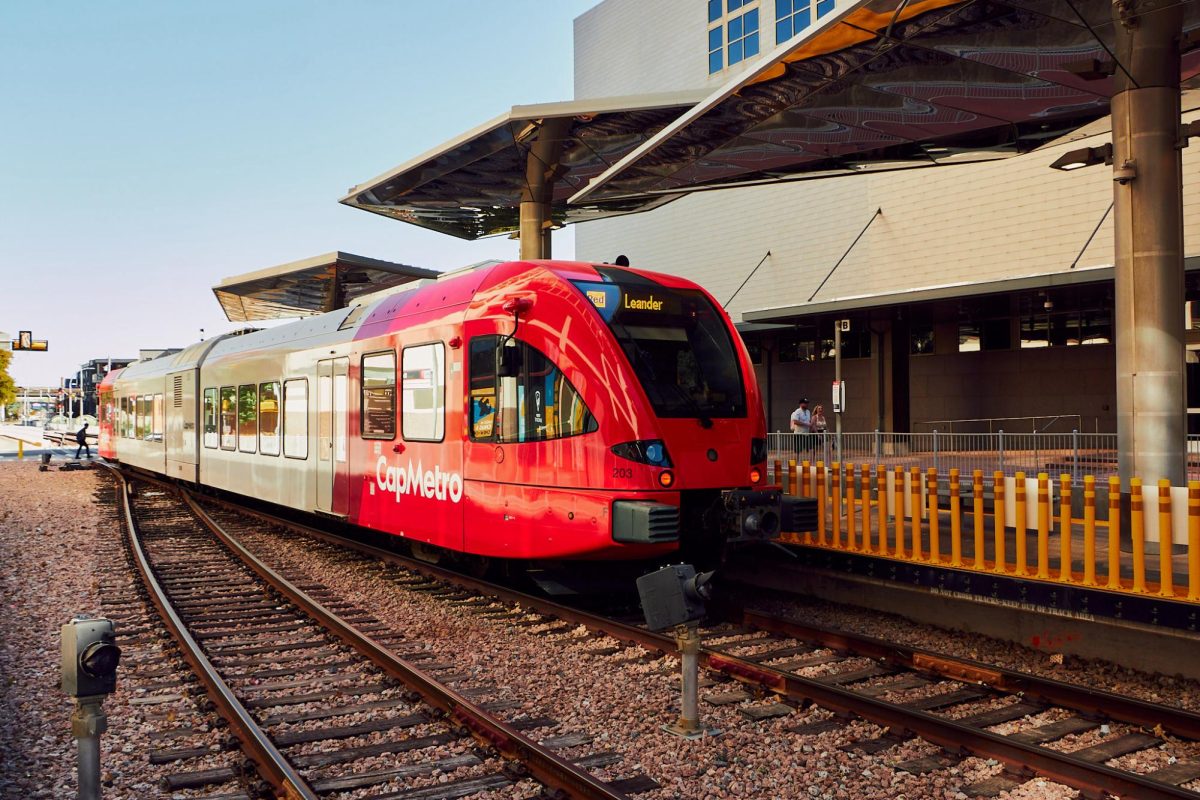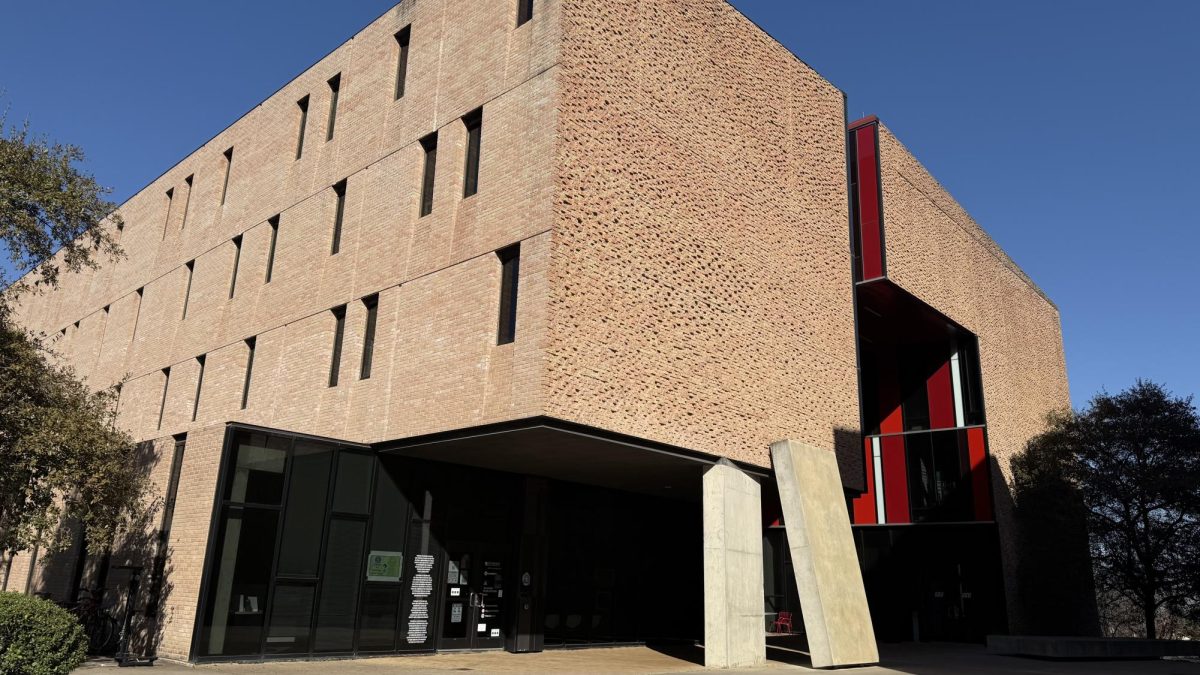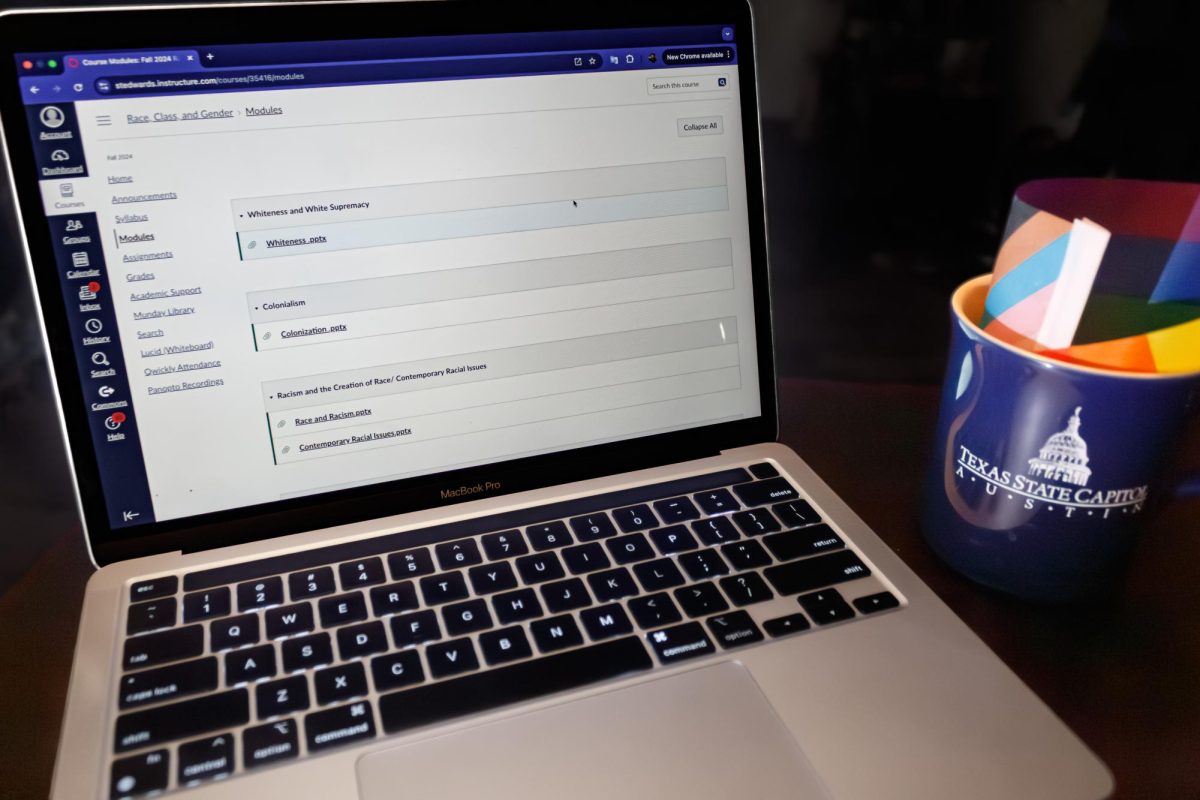Citizens of Austin and San Antonio have speculated about the possible emergence of a passenger rail system between the cities. There is no concrete evidence of a new commuter system appearing, but this wishful thinking is mostly due to the RESTART Lone Star Rail District initiative.
The RESTART is an advocacy group hoping to resurrect the Lone Star Rail District. This program was set to create a Central Texas rail system before it was defunded in 2016. The LSTAR was meant to be a collaborative effort between the Union Pacific Railroad and the City of Austin, but it ultimately became a 28 million dollar money pit of wasted taxpayer funds.
The creation of a Central Texas passenger rail system would benefit many in an area plagued by nauseating traffic on state highways, but it is ultimately a pipe dream. Similar initiatives in the past, like the LSTAR system, have resulted in failure. In Texas, creating an efficient public transportation system is a herculean task due to significant lobbying interest by automotive companies and miserly politicians.
There were several indicators of the LSTAR’s demise, such as the lack of cooperation between parties, lack of TxDOT funds and an atrophied base of supporters. A renewed iteration of the rail is bound to have the same problems. According to Article III Sec 49-g of the Texas Constitution, a certain amount of TxDOT’s Oil and Gas Production Tax Revenue must be given to a State Highway Fund. A similar allocation process does not exist for any potential rail project, and those systems in place cannot support the $840 million budget associated with these projects.
Another problem with the initial LSTAR project was Union Pacific’s apprehension to use preexisting freight lines for the line. It is slightly surprising, but Texas already has impressive rail infrastructure — especially in terms of its interconnection within the Texas Triangle. Using existing rail systems would make a future Austin-San Antonio railroad a much more achievable goal. To create a large rail system, which spans 80 miles, would take extensive amounts of funds and time.
The LSTAR’s size might be its largest hindrance, as creating a rail of its size brings up challenges of scope. The proposed route for the LSTAR given by the RESTART group has it following alongside highways in the Central Texas region. If this is to be, there will most certainly be road closures which will ironically cause more of the traffic congestion which the project was meant to negate.
To the 4.8 million residents living in the Austin and San Antonio area, there is nothing more infuriating than the respective cities’ ineffective governments. Yet, there is no guarantee that a future commuter rail project could escape the bureaucratic hold up that occurs in our local governments. Even if community voices are loud enough to elicit action from the government, the LSTAR committee reserves the exclusive right to monitor its implementation — and possibly cancel the program again.
Ultimately, it would be more beneficial if members of RESTART shifted their focus to improving and creating better alternatives to highway traffic. Capital Metro, also known as CapMetro, is a public transit service that serves over 21 million riders. However, it continually falls short in servicing western and eastern areas of Austin. In selective times of the year, such as when Austin City Limits music festival occurs, the CapMetro system extends its servicing areas.
If public transit enthusiasts wish to craft a better serviced city, they should pursue this alternative than the predestined doom of the RESTART initiative. By utilizing city council members, local interest groups and a mobilized public, there could actually be a change in Austin’s transit. CapMetro is an organization that is open to improving, which was seen with its concerns towards accessibility in Austin. However, for now, residents of San Antonio and Austin who lack cars are left bereft of many means to travel within their own cities.





















